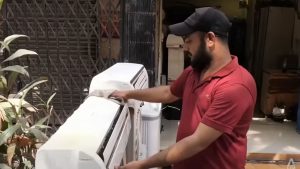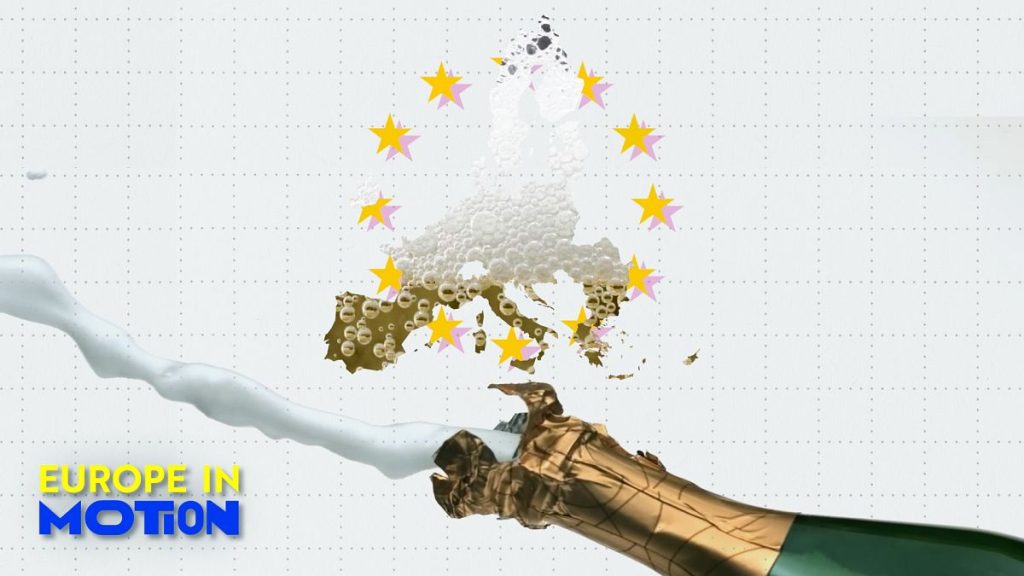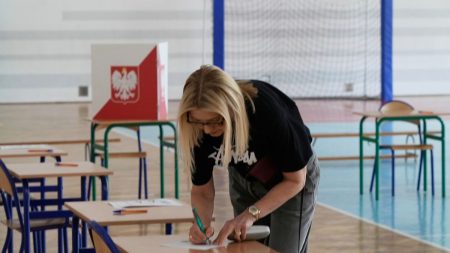The European Union’s sparkling wine industry experienced a notable downturn in 2023, marked by an 8% decrease in both production and exports. This decline, largely attributed to unfavorable weather conditions, resulted in a production of 1.496 billion liters of sparkling wine from fresh grapes, a significant drop from the previous year. While Italy remained the leading producer with 638 million liters, followed by France and Germany, the overall impact of challenging weather patterns was felt across the region. This reduction in supply comes at a time when global demand for sparkling wine, particularly around celebratory occasions like New Year’s Eve, remains robust, potentially leading to tighter supplies and increased prices for consumers.
Despite the overall decline in production, Italy’s Prosecco emerged as the dominant force in EU sparkling wine exports, capturing nearly half of the market share. This strong performance solidified Prosecco’s position as a global favorite, surpassing even the renowned French Champagne. Following Prosecco, general sparkling wine from fresh grapes held a 17% export share, followed by Champagne at 15% and Spanish Cava at 10%. These figures underscore the evolving landscape of the sparkling wine market, with Prosecco’s accessibility and popularity driving its impressive growth. The EU’s overall export volume of sparkling wine reached 600 million liters, also reflecting the 8% decline. Meanwhile, imports of sparkling wine from outside the EU remained negligible, accounting for less than 1% of the export volume.
The significant production drop in 2023 highlights the growing vulnerability of the wine industry to the effects of climate change. Extreme weather events, including heavy rains, droughts, and storms, have become more frequent and intense, posing a serious threat to grape cultivation. These adverse conditions not only impact yields but can also alter the delicate balance of flavors and aromas that define high-quality sparkling wines. For regions like Italy and Spain, where wine production plays a crucial economic and cultural role, the long-term implications of climate change are particularly concerning.
In Italy, the famed Prosecco region is facing a potential decline in grape yields due to extreme weather and soil degradation. Projections indicate a possible 20% reduction in production, raising concerns about the future of this popular sparkling wine. Similarly, Spain’s Cava region is grappling with the effects of severe droughts, particularly in Catalonia, where many villages rely heavily on viticulture. While some Cava producers maintain a cautious optimism about improved rainfall in the coming years, major companies are urging the Spanish government to implement proactive measures, such as irrigation systems, to mitigate the impact of future droughts.
The Spanish region of Catalonia, acutely aware of the chronic water shortages, has unveiled a substantial €2.3 billion investment plan to address the issue by 2040. This plan encompasses a range of initiatives, including the construction of a €200 million seawater desalination plant on the Costa Brava. However, the ambitious scale of the project necessitates financial backing from the Spanish government, underscoring the shared responsibility for securing the future of water resources in the region. The success of this plan will be critical for the long-term viability of Cava production and other agricultural activities in Catalonia.
The challenges faced by the European sparkling wine industry in 2023 serve as a stark reminder of the increasing impact of climate change on agriculture. From reduced yields and altered flavors to the potential disappearance of beloved products like Prosecco and Cava, the consequences are far-reaching. Addressing these challenges requires a multifaceted approach, including sustainable farming practices, investment in water management infrastructure, and global cooperation to mitigate the effects of climate change. The future of sparkling wine, and indeed many other agricultural products, depends on the collective action taken today to protect our planet and ensure the sustainability of our food systems.










